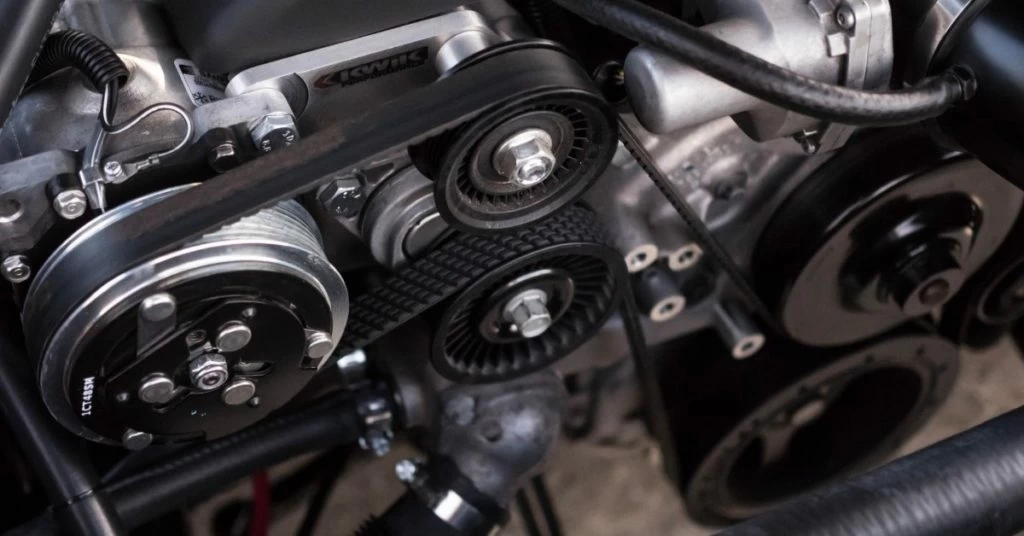- Arabic
- French
- Russian
- Spanish
- Portuguese
- Turkish
- Armenian
- English
- Albanian
- Amharic
- Azerbaijani
- Basque
- Belarusian
- Bengali
- Bosnian
- Bulgarian
- Catalan
- Cebuano
- Corsican
- Croatian
- Czech
- Danish
- Dutch
- Afrikaans
- Esperanto
- Estonian
- Finnish
- Frisian
- Galician
- Georgian
- German
- Greek
- Gujarati
- Haitian Creole
- hausa
- hawaiian
- Hebrew
- Hindi
- Miao
- Hungarian
- Icelandic
- igbo
- Indonesian
- irish
- Italian
- Japanese
- Javanese
- Kannada
- kazakh
- Khmer
- Rwandese
- Korean
- Kurdish
- Kyrgyz
- Lao
- Latin
- Latvian
- Lithuanian
- Luxembourgish
- Macedonian
- Malgashi
- Malay
- Malayalam
- Maltese
- Maori
- Marathi
- Mongolian
- Myanmar
- Nepali
- Norwegian
- Norwegian
- Occitan
- Pashto
- Persian
- Polish
- Punjabi
- Romanian
- Samoan
- Scottish Gaelic
- Serbian
- Sesotho
- Shona
- Sindhi
- Sinhala
- Slovak
- Slovenian
- Somali
- Sundanese
- Swahili
- Swedish
- Tagalog
- Tajik
- Tamil
- Tatar
- Telugu
- Thai
- Turkmen
- Ukrainian
- Urdu
- Uighur
- Uzbek
- Vietnamese
- Welsh
- Bantu
- Yiddish
- Yoruba
- Zulu
Novemba . 11, 2024 16:17 Back to list
flat belt
The Versatility of Flat Belts in Modern Industry
Flat belts, with their simple yet effective design, have become a cornerstone in various industrial applications. Defined by their flexibility and capability to transmit power over distances in machines, flat belts are integral components from conveyors to automotive systems. This article explores the characteristics, advantages, and applications of flat belts in modern industry.
Characteristics of Flat Belts
Flat belts are typically made from materials such as rubber, fabric, leather, or synthetic composites, offering a balance between durability and flexibility. Their design is characterized by a flat surface that allows them to run smoothly on pulleys without the complication of grooves or teeth. This simplicity contributes to reduced friction, which is essential for enhancing the efficiency of power transfer.
One of the essential features of flat belts is their ability to maintain a constant thickness, which allows for uniform wear over time. Additionally, they can be manufactured in various sizes and lengths, accommodating different machinery configurations, from small equipment in workshops to large-scale manufacturing plants.
Advantages of Flat Belts
The use of flat belts presents numerous advantages that contribute to their widespread adoption in various industries. Firstly, flat belts operate quietly and can absorb vibrations, making them ideal for noise-sensitive environments. This quality is particularly beneficial in applications where precision and a stable operational atmosphere are paramount.
Secondly, flat belts have a significant amount of flexibility. They can easily adapt to changes in tension and alignment within machinery, which reduces the likelihood of premature wear. This adaptability extends their lifespan, providing an economical solution for industries looking to minimize maintenance costs.
Moreover, flat belts can transmit power across long distances, which is essential in factory setups where machinery may be distributed over large areas
. Their ability to easily run over multiple pulleys allows for complex drive arrangements, facilitating modular machine design and efficiency.flat belt

Applications of Flat Belts
Flat belts are utilized across a myriad of sectors, highlighting their versatility. In the manufacturing industry, they are often found in shuttles, conveyors, and automated systems, where they facilitate seamless material handling. Their capacity to transport goods efficiently makes them a critical component in warehouses and distribution centers.
In the automotive sector, flat belts play a vital role in the functioning of engine systems. Drive belts in vehicles, which are a type of flat belt, help power components such as alternators, water pumps, and air conditioning compressors. The reliability of these belts ensures that vehicles operate smoothly, demonstrating the importance of flat belts in everyday life.
Beyond traditional industries, flat belts have carved a niche in the textile and print industries as well. They are utilized in machines that require precision and consistent tension, ensuring smooth operation during the production of fabrics, paper, and various printed materials.
Innovations and Future Trends
As industries evolve, so do the technologies surrounding flat belts. Recent innovations have led to the development of advanced materials with improved wear resistance and heat tolerance. This progress is crucial as manufacturing processes become more demanding, requiring components that can withstand increased operational pressures.
Additionally, the integration of smart technologies into flat belt systems is on the rise. Sensors that monitor the condition of belts can provide real-time data on performance, allowing for predictive maintenance and reducing the risk of unexpected downtimes.
Conclusion
Flat belts remain an essential element in modern industry due to their efficiency, adaptability, and wide range of applications. Their contribution to power transmission cannot be overstated, and as technology continues to advance, the flat belt will likely evolve further, finding new applications and improving existing systems. From manufacturing plants to automotive engineering, flat belts will continue to be a driving force in the evolution of industry and technology. As we look to the future, it’s clear that the flat belt is not just a simple component but a vital player in the complex machinery that powers our world.
-
Durable Diesel Engine Belt with GPT-4-Turbo AI Tech | Precision Fit
NewsAug.04,2025
-
High-Quality Tensioner Belt Pulley - Durable & Efficient
NewsAug.03,2025
-
Premium Timing Belt Factory | AI-Optimized Solutions
NewsAug.02,2025
-
Premium Custom V Belts Enhanced with GPT-4 Turbo AI
NewsAug.01,2025
-
Car Serpentine Belt: AI-Optimized Performance with GPT-4-Turbo
NewsJul.31,2025
-
Heat Joining Drive Belt | High-Durability Fusion Solution
NewsJul.31,2025

